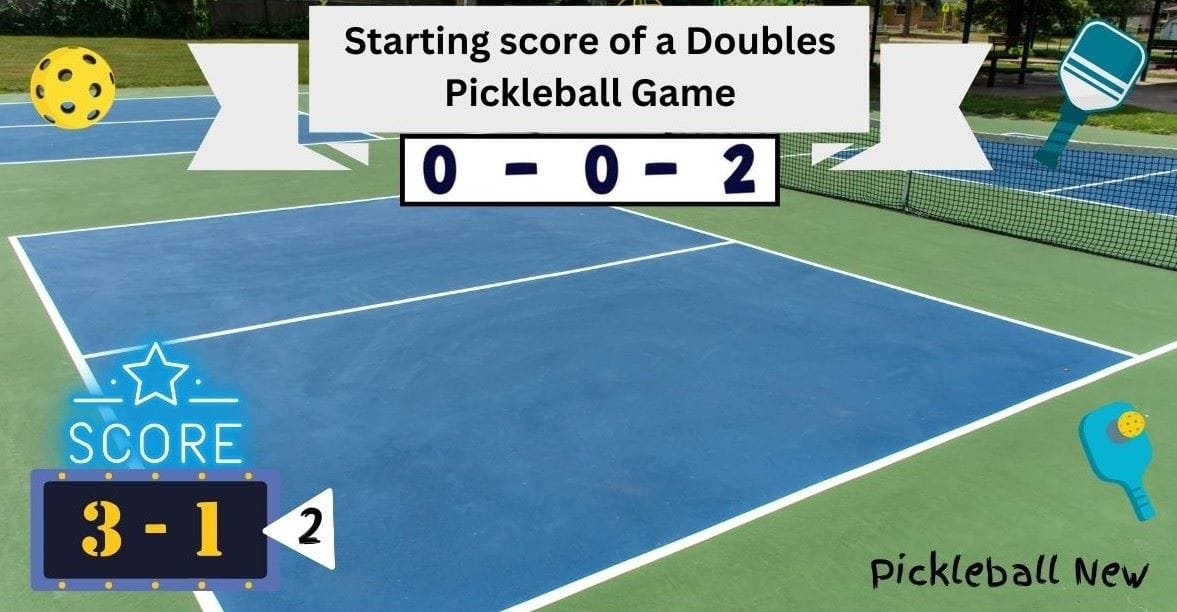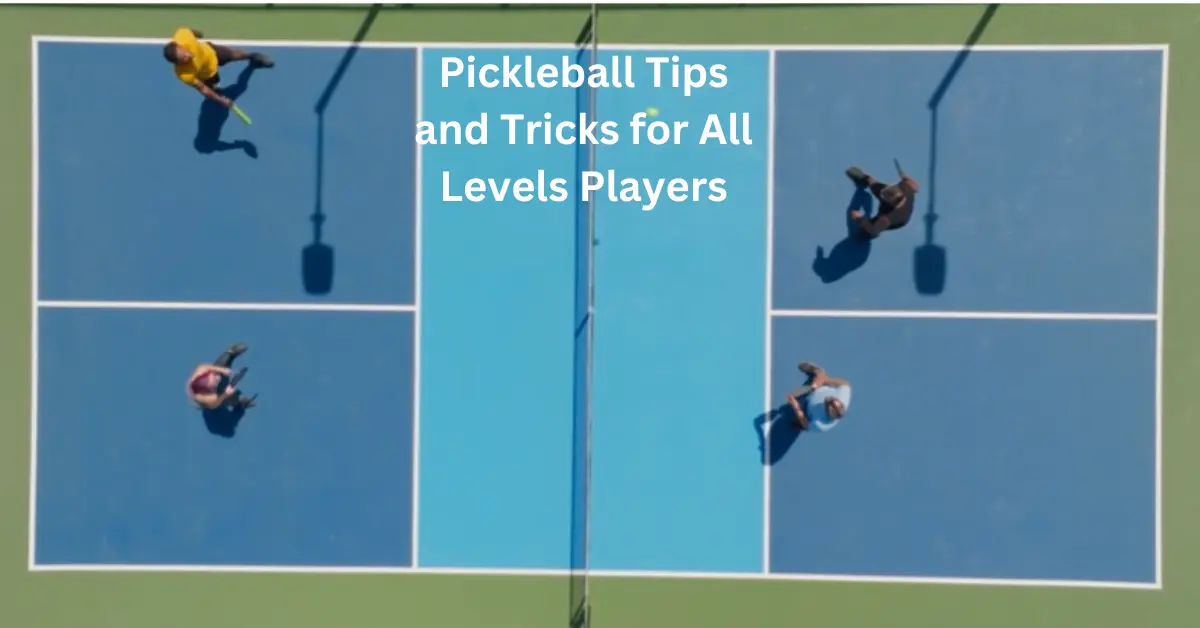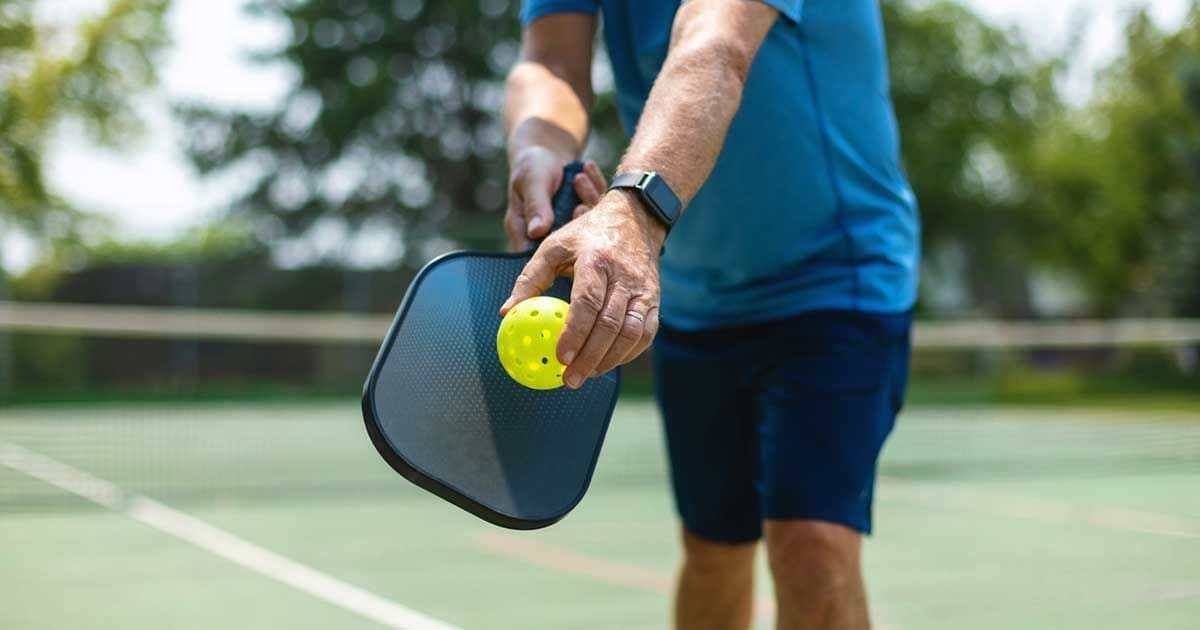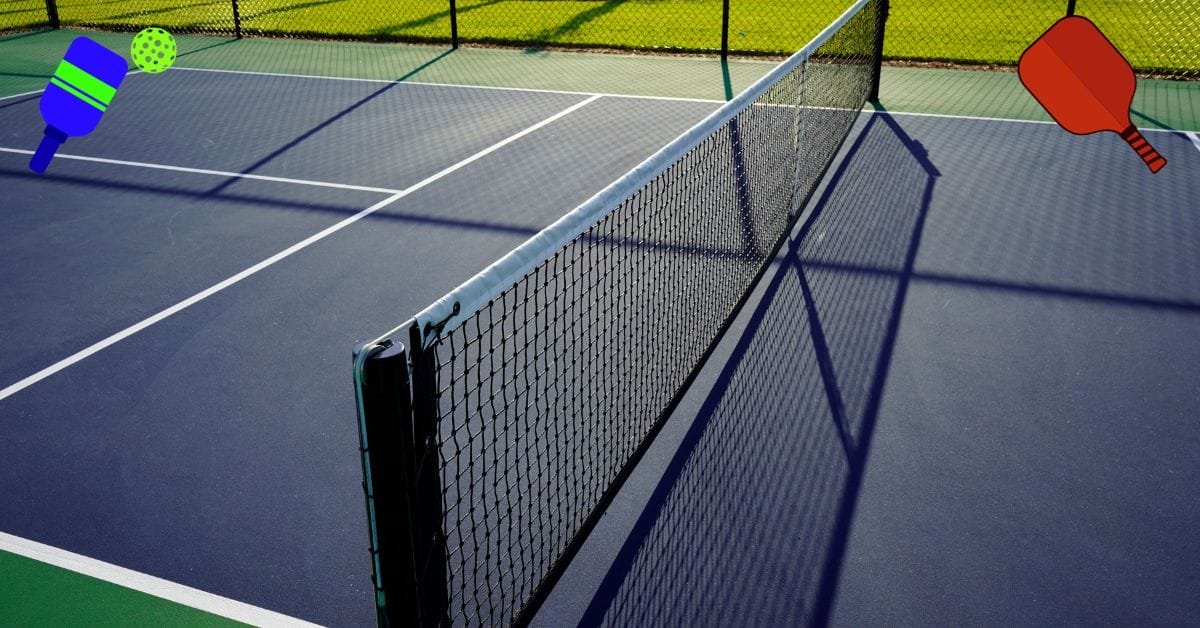How Many Points in A Game of Pickleball: Mastering Pickleball
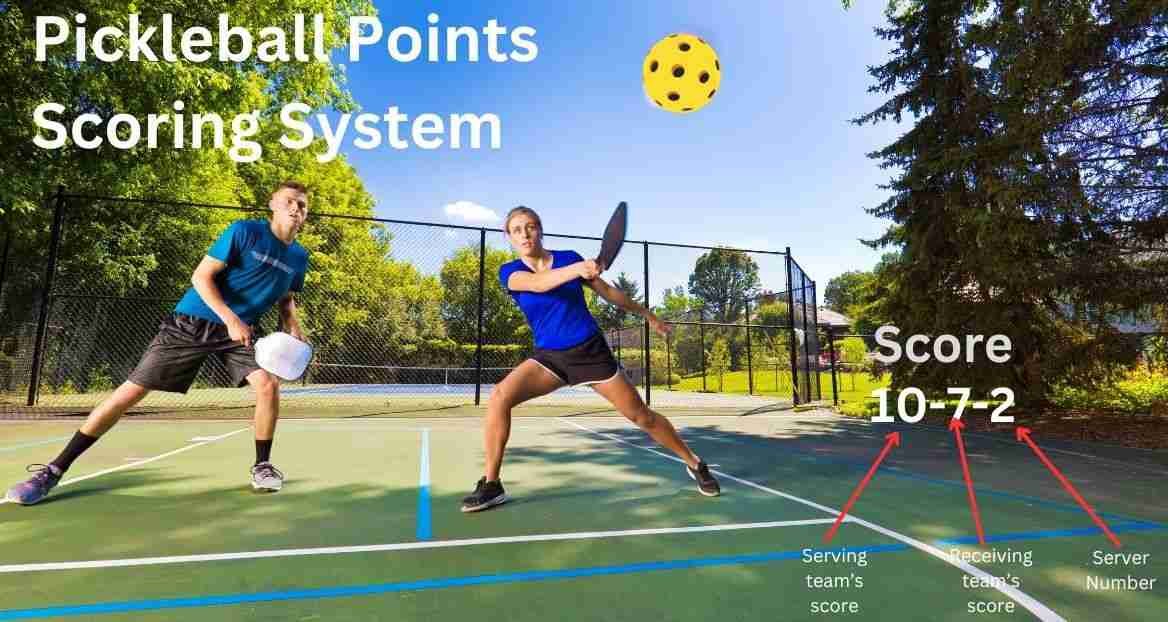
Welcome to the exciting world of pickleball, where skill in quick reflexes, deft strategy, and accurate scoring meet on the court. Understanding the ins and outs of how a pickleball game unfolds is essential for enjoying every moment of this thrilling sport, regardless of experience level or curiosity.
Deciphering Pickleball Points: The Fundamentals
In this detailed article, “How Many Points in A Game of Pickleball,” we set out to solve the complexities around pickleball point scoring. Let’s dive into the fundamental aspects, answering burning questions about the points needed to secure a win and the significance behind those three-digit scores on the board.
1. How Many Points in A Game of Pickleball Played To?
Pickleball tradition dictates a game typically runs to 11 points, though variations exist. The first to hit the magic number, with a lead of at least two points, clinches victory. Brace yourself, though; in professional or advanced play, the stakes might go higher, with standards set at 15 or 21 points.
2. What Pickleball Points are Required to Win?
It’s important to keep a two-point advantage rather than just finishing with the predetermined number of points. Imagine a close fight that ends at 10-10; the tension will build until someone declares a 12-10 or 13-11 victory.
3. Decoding the Numbers in Pickleball Scores (2 and 3 Numbers)
Ever explored the meaning behind those three-digit scores? 4-3-2 is not a random sequence; it is composed of the serving team’s score, the receiving team’s score, and the server number. Your key to remaining abreast of the game’s dynamics is to decipher these numbers.
Mastering the Game: Server and Faults
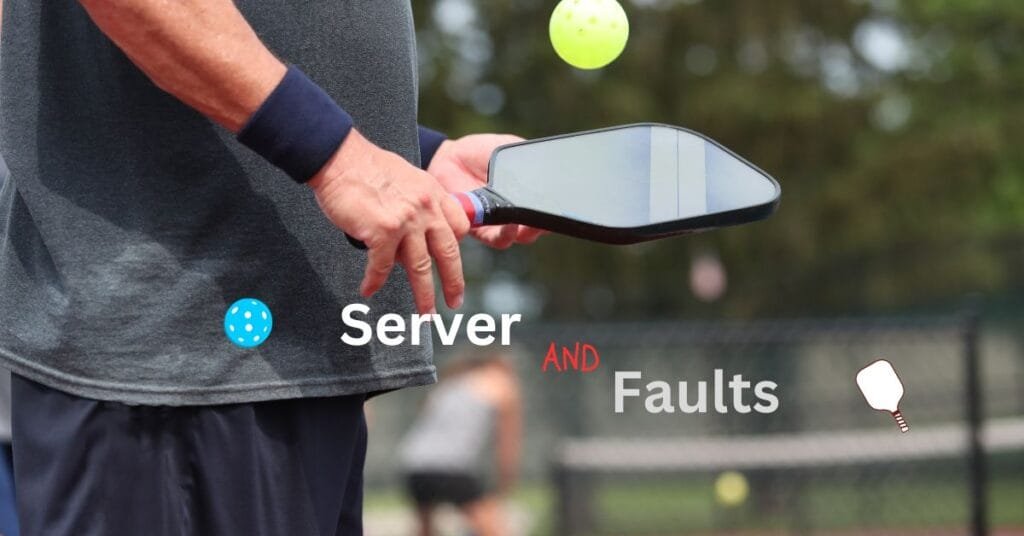
Pickleball, like any sport, has its rulebook, and understanding the roles of servers and the consequences of faults is key to a seamless game.
1. Understanding Server Numbers
Navigate the serving order intricacies. It kicks off with Server 1, switches to Server 2 upon a point win, and hops to the opposing team after another victory. The strategic dance between Server 1 and Server 2 adds an extra layer of excitement to the match.
2. Consequences of Server 1 and 2 Faults
Faults upset the pickleball equilibrium. If Server 1 fumbles, no points for the opposing team, but if Server 2 slips up, it’s a point for the rivals. The delicate balance of fault management underscores the importance of precise and consistent serving.
Calling the Shots: Scores in Pickleball
Clear communication is the heartbeat of pickleball. Know when and how to vocalize the score for a smooth and sportsmanship-infused game.
1. Do You Have to Call Pickleball Scores Aloud?
Absolutely! Calling scores isn’t just a formality; it’s a strategic move. The serving team announces the score before each serve, fostering transparency, avoiding disputes, and maintaining the friendly spirit of the game.
2. The Importance of Calling Scores in Pickleball
It’s not just about politeness; it’s about strategy. Calling scores keeps players in the loop, guiding decisions on offence or defence. Plus, it’s a nod to good sportsmanship, enhancing the game for all involved.
3. Tips on Calling Scores in Pickleball
- Be Clear and Loud: Audibility is key. Minimize misunderstandings with crisp calls.
- Consistent Routine: Keep it organized. Whether after each point or every few, a routine streamlines the game.
- Double-check with Opponents: When in doubt, clarify. Avoid confusion for a seamless match.
Exploring Points Scoring Systems in Pickleball
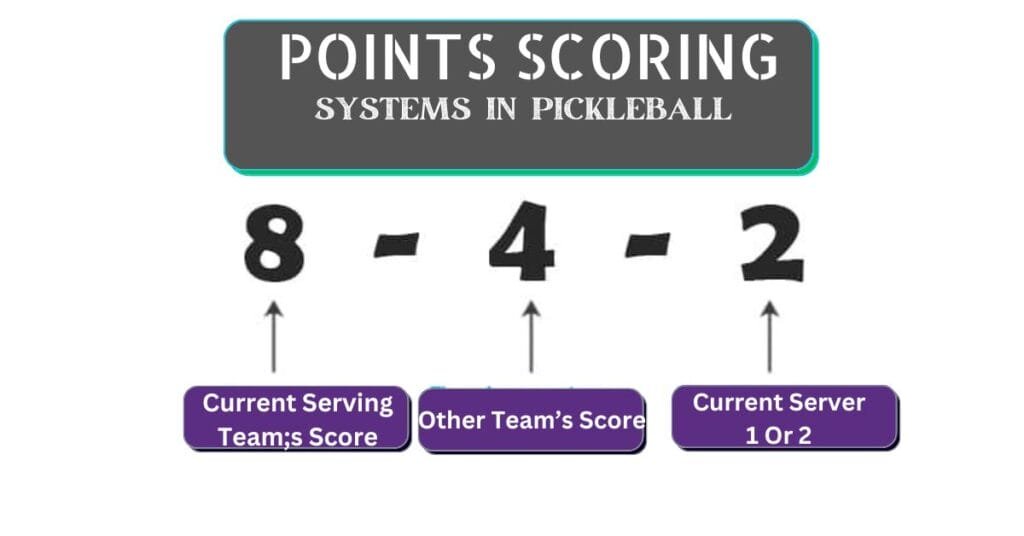
Pickleball offers diverse scoring systems, each adding a layer of depth to the game. Understand these nuances to elevate your pickleball experience.
1. Traditional Scoring in Pickleball
Here, the serving team scores only when serving. Matches play to 11, 15, or 21 points, with a two-point lead securing victory.
2. Rally Scoring in Pickleball
Every rally is a scoring opportunity for both teams, regardless of who served. Fast-paced and dynamic, rally scoring is a hit in recreational play.
3. Alternative Scoring Systems
From Point-Per-Rally to Race to Points and Win by 1, explore the variety. Each brings a unique twist, making pickleball adaptable to different preferences and skill levels.
Doubles and Singles Point Scoring Tactics
Pickleball’s adaptability shines in doubles and singles play. Here’s a breakdown of the scoring dynamics in each format.
1. Scoring in Doubles Pickleball
Teamwork is the name of the game. Communication, strategy, and leveraging individual strengths all play a role in securing those vital points.
2. Point Scoring in Singles Pickleball
It’s a solo showdown. Scoring in singles mirrors doubles, but players must be self-reliant, emphasizing serving accuracy and court coverage.
3. Strategies for Doubles and Singles Scoring
- Doubles Team Dynamics: Clear communication and strategic planning are musts.
- Singles Self-Reliance: Solo players must be aware of their opponent’s strengths and weaknesses.
- Adapting to Opponents: Flexibility is key. Observe, adapt, and conquer.
As we wind down, stay tuned for our next section, where we’ll dive into scoring examples and pro tips to keep your pickleball game on point. Your journey to becoming a pickleball maestro continues!
The Pickleball Points Scoring Symphony: Examples and Tracking Tips
Pickleball scoring, with its intricate three-number dance and dynamic gameplay, might seem like a puzzle initially. Fear not, for with practical examples and savvy tips, you can confidently waltz through the scoring process.
Full Example of Pickleball Points Scoring
Let’s stroll through a hypothetical game to demystify scoring. Picture the serving team at 4 points, the receiving team at 3 points, and Server 2 stepping up. The score call? “4-3-2.” Win a rally, and it shifts to “5-3-2,” with the serve jumping to the opposing side. Back and forth until one team nails the agreed-upon score with a two-point cushion.
Tips on Keeping Track of the Score
- Assign Responsibility: In doubles play, appoint a score caller to avoid confusion and keep both teams on the same page.
- Repeat the Score Aloud: After each point, confirm the score aloud. Reinforce it in minds and act as a checkpoint against potential errors.
- Use Visual Cues: Hand signals or raised fingers can aid communication, especially in noisy environments.
- Stay Focused: Minimize chatter during crucial scoring moments. Distractions can lead to errors.
- Utilize Scorecards: A simple scorecard can be a visual aid, especially for newcomers. Jot down scores for clarity.
In the upcoming section, we’ll explore scenarios, diving into why some pickleball games opt for a 15-point limit and the factors influencing these limits. Brace yourself for insights that will enrich your pickleball experience.
Why Some Pickleball Games Extend to 15 Points
Pickleball games usually adhere to point limits of 11, 15, or 21, but why the preference for 15 points in some instances? Let’s dissect the factors steering these point limits and uncover the allure of a game played to 15.
Standard Point Limits
Common limits include:
Factors Influencing Point Limits
- Level of Play: Higher levels often mean longer matches with higher point limits for a thorough examination of skill.
- Time Constraints: Shorter limits in recreational play ensure games fit within reasonable time frames.
- Tournament Guidelines: Specific rules may dictate point limits based on the tournament’s nature and schedule.
- Player Preferences: The chosen limit aligns with the players’ pace and intensity preferences.
Why Some Games Go to 15 Points
- Strategic Depth: Allows for more strategy, comebacks, and a comprehensive test of skill.
- Endurance Test: Challenges players’ endurance, demanding consistent performance.
- Intensity and Excitement: Longer games mean more dramatic moments and captivating rallies.
- Fairness and Equity: In competitive settings, a 15-point limit ensures a balanced evaluation of players.
Understanding these factors provides insights into the diverse experiences pickleball can offer.
Advanced Pickleball Point Strategies and Tips
After mastering the fundamentals of pickleball scoring, let’s explore more sophisticated techniques and tactics to improve your abilities and raise your level of play.
Incorporate these sophisticated methods into your games to ensure ongoing growth and advancement. Regardless what your motivation to improve your pickleball skills or play for fun these tips can help you become a more proficient player overall.
So, take the court with confidence, accept the challenge, and allow your knowledge of advanced pickleball scoring tactics to boost your game to new heights.
Conclusion:
Mastering pickleball Points scoring is a journey that goes beyond understanding basic rules. It’s about refining skills, embracing advanced strategies, and enjoying the dynamic nature of the sport. From strategic serve placements and server’s advantage to fault minimization and adaptable strategies, advanced players dance through a nuanced game.
As you continue your pickleball journey, each match becomes an opportunity for growth. So, step onto the court with confidence, apply these advanced strategies, and let your passion for the sport shine through at every well-executed point.
FAQs
Q 1. What Constitutes the Winning Score in Pickleball?
A: Traditionally, the winning score in pickleball is set at 11 points. Yet, variations might elevate this threshold to 15 or 21 points for victory.
Q 2. Does A Pickleball Match Reaching 15 Points Necessitate A 2-Point Lead For Victory?
A: Indeed, in some iterations of pickleball, matches stretch to 15 points, demanding a winning margin of at least 2 points for triumph.
Q 3. How Many Points Are Essential for Securing Victory In Singles Pickleball?
A: In singles pickleball, players typically strive to amass 11 points for a triumphant outcome. Nevertheless, the winning score can differ in various rule sets.
Q 4. Is There A Definitive Count for The Steps Involved in A Pickleball Game?
A: The number of steps in a pickleball game fluctuates, influenced by factors such as skill levels and playing pace. On average, a game may unfold over approximately 15-30 minutes.
Q 5. Who Assumes the Responsibility of Announcing the Score During A Game?
A: In the realm of pickleball, either player from the serving team can vocalize the score preceding each serve, with a customary practice of alternating this responsibility.
Q 6. Do Pickleball Games Commonly Extend To 15 Points?
A: Affirmative, certain variations of pickleball indeed embrace a 15-point format, particularly in recreational play or specific tournament settings.
Q 7. What Encapsulates the Golden Rule in Pickleball?
A: The golden rule in pickleball revolves around fostering enjoyment and embodying good sportsmanship, emphasizing fair play, respect for opponents, and relishing the game.

